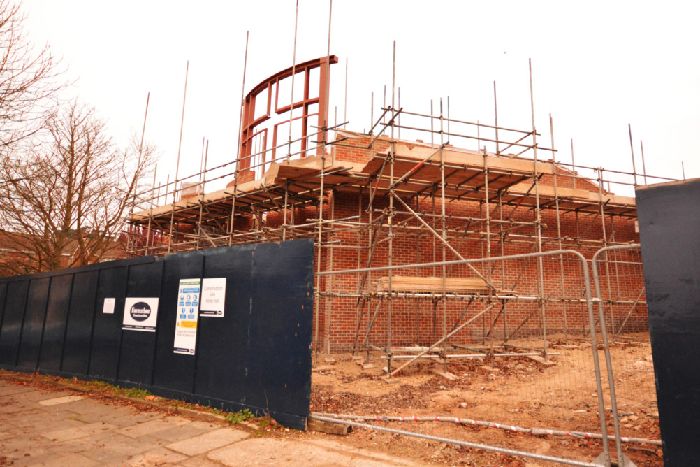
Those contemplating a major building project will need, at some stage, to create a plan and budget for this work, to help their own project planning, and perhaps also to provide information for applications to potential funders. Assuming you now know, broadly, what you want to do, what else should you consider in creating such a document? Each project is unique, but I hope the following guidance will be useful.
The easiest part is often the ‘bricks and mortar’. Professional help from architects and quantity surveyors can assist with detailed plans and the breakdown of likely building costs. An initial, detailed brief for architects, explaining what problems the work is designed to address, what you are trying to achieve through the building plans and any other factors that need to be borne in mind will help this process. When you have plans and figures you are happy with, also consider allowing for building cost inflation if the project will not start for some time, plus including a contingency sum for unexpected additions or changes during the actual building process.
However, for many projects the building is not the main thing, it’s what you plan to do with it afterwards that really matters. Putting together a plan for this can be more complex and here are a few areas I would encourage you to consider.
Stuff
Think about the costs and requirements for the fixtures and fittings that you will need to do what you want to do once the new building is complete. Things like chairs, tables and plumbing may appear obvious, but there may well be other things that you need to include, such as Wifi, CCTV, adaptations for those with special needs etc. If you need it in or around the building to do what you plan to do, include it at the outset.
So that…
This helps to articulate the underlying purpose behind the developments; ‘we are doing this so that…..’ and in many ways this is the most important part of any plan. Describe what the new or improved buildings will allow you to do or to do better. Not only should this help to inform the rest of the plan (if, for example, you want to offer a drop in centre for the homeless, you may want to consider your kitchen, laundry, washing and staffing needs), but the ‘so that’ also helps funders and others to understand the vision that lies behind the bricks and mortar and the difference the building project will make.
Staff
New builidngs often mean the need for new staff, either to manage the facilities or run the work that is planned within them. Not only is it helpful to think about and describe these needs for yourselves, but it is also quite possible to include some of these costs in an approach to donors. Many funders, whilst more reluctant to fund ongoing staff costs, are open to including initial costs whilst projects and funding streams become established (see below for comments on sustainability). Project management costs for the building project itself, as well as professional fees, are also perfectly legitimate project costs and can be included.
Surprises
One of the exciting things about a building development can be the unexpected things that emerge as a result of the project. Perhaps a new lunch club will spring up in the future, or a link with another local agency? Leave space to embrace the unexpected, both in your designs, your descriptions and in your costings.
Sums
Getting the figures right is important; be prepared to be both ambitious and comprehensive. It is always harder to add extra costs than remove items at a later date. Particularly,if you are considering approaching funders, give careful thought to what you will be contributing as many donors will want to see that you are also committed financially to this project. This commitment can be in cash or kind and can also be represented by gifts already given, funds pledged but not yet received, or indeed funding anticipated, but yet to be raised.
Sustainability
New buidings bring new costs as well as new opportunities. Give some thought, particularly in your budget, to how you will meet the extra costs and demands that the new building will bring, as well as how you will estimate and use any extra income. Funders, particularly, will be keen to see that this thinking has been done and that there is a plan for the building to eventually ‘pay its own way’ in some shape or form. The fear of funding a ‘white elephant’ will deter many as well as creating a potential future burden on you.
As always, please contact me if I can help further as you work through this process.

[…] I have written elsewhere about some of the more practical things to consider when designing or costing a project, but here I want to share a few thoughts about some of the more unexpected things to look […]